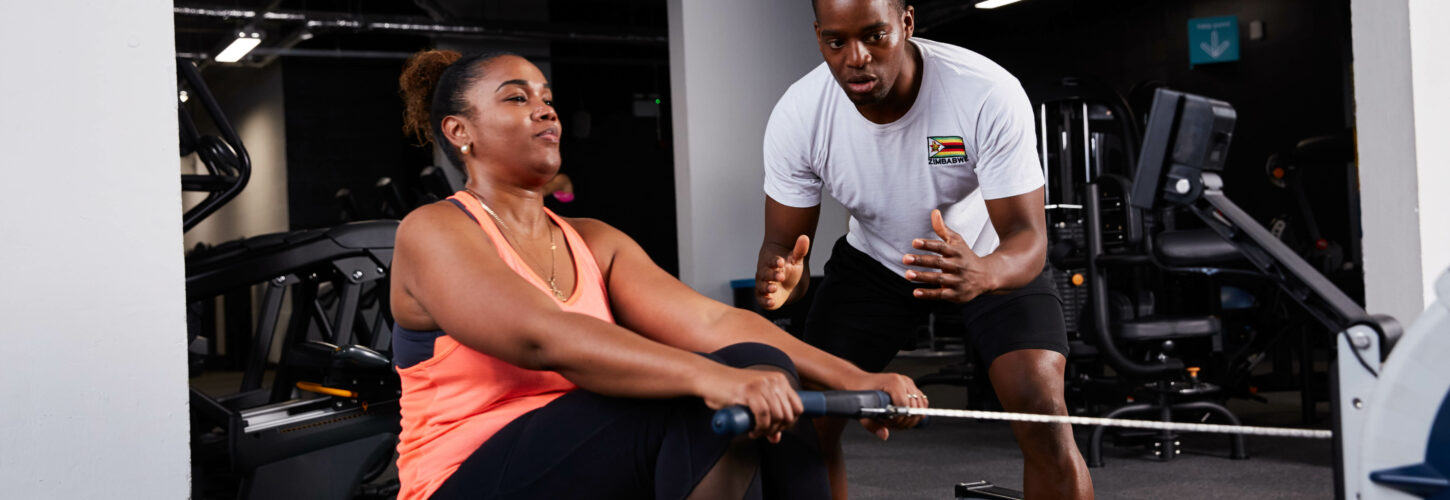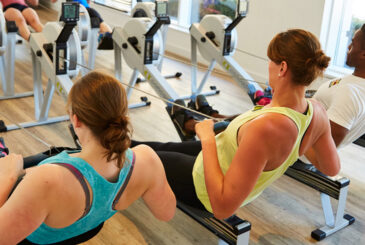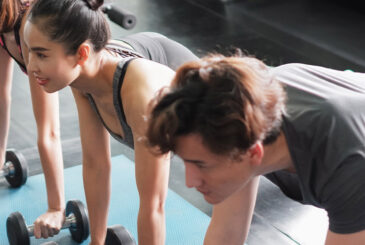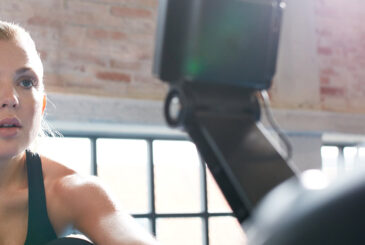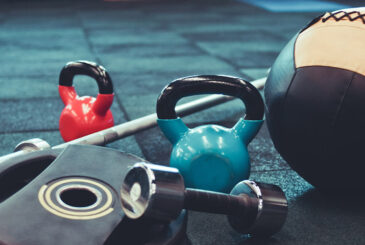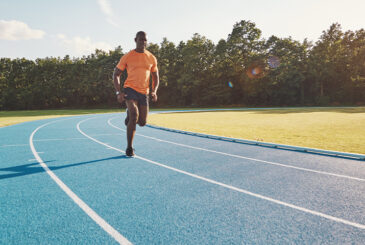Does that statement worry you, or inspire you? In article two of this series, Dan Abrahams looks into the importance of mindset and concentration in rowing, both on and off the water
However you feel about those four words, the reality of rowing at the elite level is that it’s true. It may feel inconvenient. It may feel uncomfortable. But it’s true! From the first rowing stroke to the very last, every single one counts. Every single one makes a difference to your finish position or your time to completion.
I think that’s why a rowing race is such a great analogy for the challenges life and the workplace throw at us. If you’re someone who cares about performance at work, then you’ll know that every presentation in every meeting counts. Every exchange with every client counts. Every word during a difficult conversation counts.
Where performance matters, everything counts!
Ask an elite rower about their stroke, and it’s likely they’ll talk about it in granular detail. They’ll probably tell you that it’s the efficiency of the stroke that is key – efficiency as a product of a complex collision between the technical, physical and mental sides of rowing. And as a sport psychologist, I’d argue that at the heart of this mix lies the psychological constructs of concentration and attention.
If you want to row with efficiency (with technical excellence and optimal physicality), you need to have the capacity to concentrate for the whole race, and you need to pay attention to the tasks that will optimise your stroke.
The skill underpinning attentional flexibility and concentration management is self-awareness
Concentration and attention aren’t the same things but they are certainly related. Concentration is an attentional process that involves the ability to focus on the task at hand while ignoring distractions. Attention is where you place your concentration.
As a rower, you can place your attention outside of yourself (externally), for example on the scenery or on a specific point in the distance, or you can place your attention internally, for example on a technical cue, a physical movement, or a mental task.
At ROWBOTS, the trainers help rowers to consider where they place their attention in order to concentrate, deal with distraction quickly, and subsequently row with efficiency. Let’s examine a few ideas that you can incorporate into your own rowing improvement plan.
Counting
Counting your strokes is a combined physical movement and mental cue. It’s a mental technique distance runners tend to use to be able to retain momentum of pace. For example, in setting the world marathon record at the London marathon in 2003, Paula Radcliffe said she counted her steps for the last half hour of the race. She claimed afterwards that this technique also helped her deal with the searing pain that she was experiencing with every step.
In rowing, to turn up the volume of concentration, you can choose to count your strokes to a consistent cadence. Striving to maintain a consistent rhythm with your stroke is an attentional cue that offers you the chance to block out distractions and improve your stroke efficiency.
Technical cues
The fascinating thing about attention is that it offers a bridge between the technical side of rowing and the mental component. You can improve your ability to pay attention by picking a technical cue that you need to focus on in order to execute your stroke with efficiency. By picking this technical cue, in turn, you improve your ability to focus your attention. Two birds, one stone!
So what technical cue can you focus your attention on as you row? I’ll give you some examples from the great Olympic rower Fran Houghton, who I was lucky enough to interview for my podcast, outlined the technical cues she had at several race meets:
Hips forward, as much leg length as possible
Use legs to accelerate the boat
Press out, make shape
Now, bear in mind this is an Olympian, one of the best rower’s in the world, so it might be that you choose to have simpler technical cues. Of importance is that they’re specific (detailed technical cues that are relevant to your needs), controllable (you can actually choose to do them), and positive (focused on what you want to do, rather than what you don’t want to do). If you’d like to know more about Fran’s rowing mindset she speaks about it in her fantastic book.
At ROWBOTS, the trainers’ help rowers develop appropriate technical cues that enhance concentration capacity, improve focus of attention, and build stroke efficiency.
Distraction control
It is important to be able to flex your attention when you become distracted or when you drop in concentration. The skill underpinning attentional flexibility and concentration management is self-awareness. Simply, if you’re aware of your concentration and attention you’ll have a better chance of catching a distracting thought or feeling.
Self-awareness requires practice – lots of it! Fortunately, it’s quite simple to improve. From time to time, make it your objective to pay attention to your attention (yes, really, pay attention to your attention!). Be ready to spot when a distraction sets in and when your mind wanders away from your rowing stroke (or whatever it is your trying to pay attention to as you row). The quicker you catch distractions the less impactful they are to your performance and outcome.
To improve self-awareness, the trainers at ROWBOTS may ask you about the distractions you had after a rowing activity. To do this they might ask you question like:
“Did you get distracted or drop in concentration at any time during your row?”
“If so, what did you do to help yourself concentrate and pay attention appropriately?”
“What can you do next time to concentrate and pay attention even better next time?”
You can ask yourself these questions following a race or a challenge on the rowing machine. Such questions help you become a student of your concentration and attention. By paying attention to your attention, you can become more consistent with your ability to deal with distraction and to flex your attention.
Concentration, attention, and dealing with distraction lie at the heart of making every rowing stroke count. By engaging with mental techniques that help you improve these vital mental skills, you can learn to row with greater stroke efficiency.
To find out more about the different themes are ROWBOTS classes, visit their website.
–
–
–
–
–
–
–


